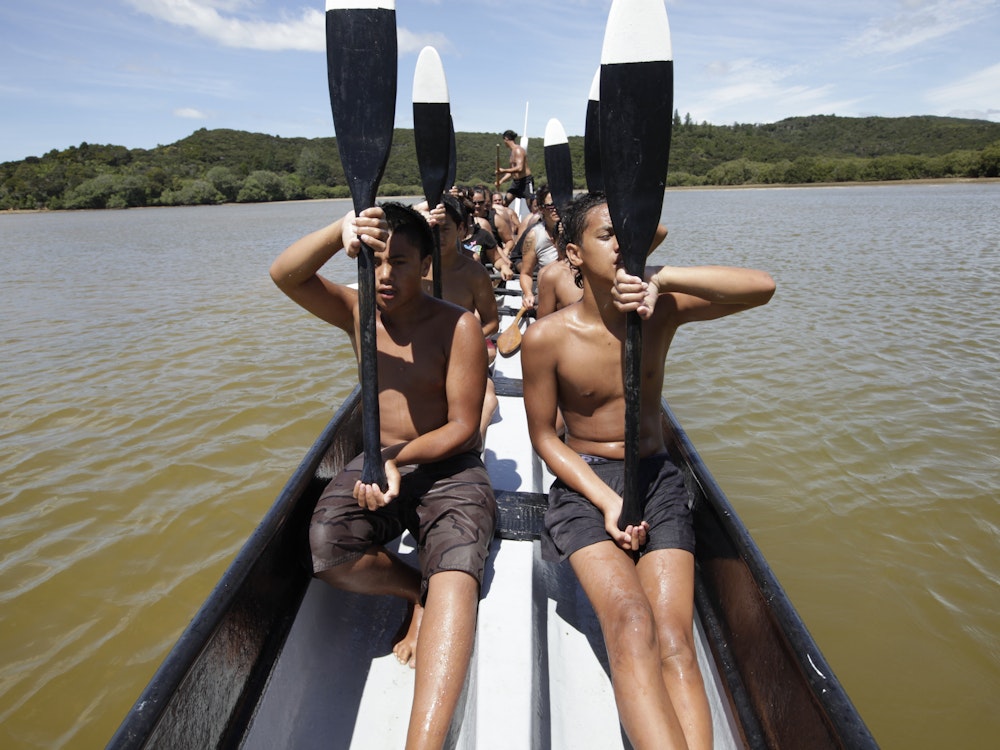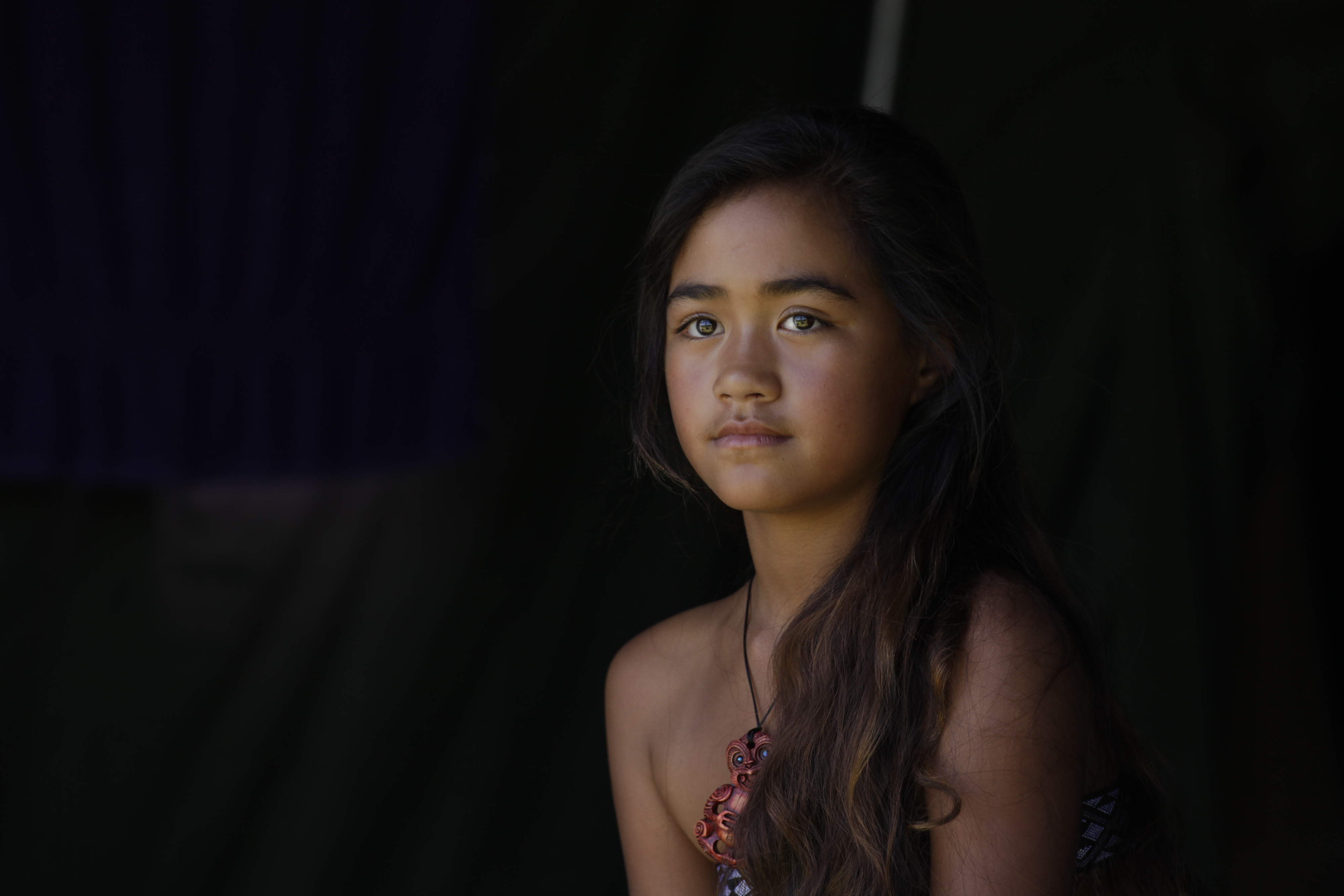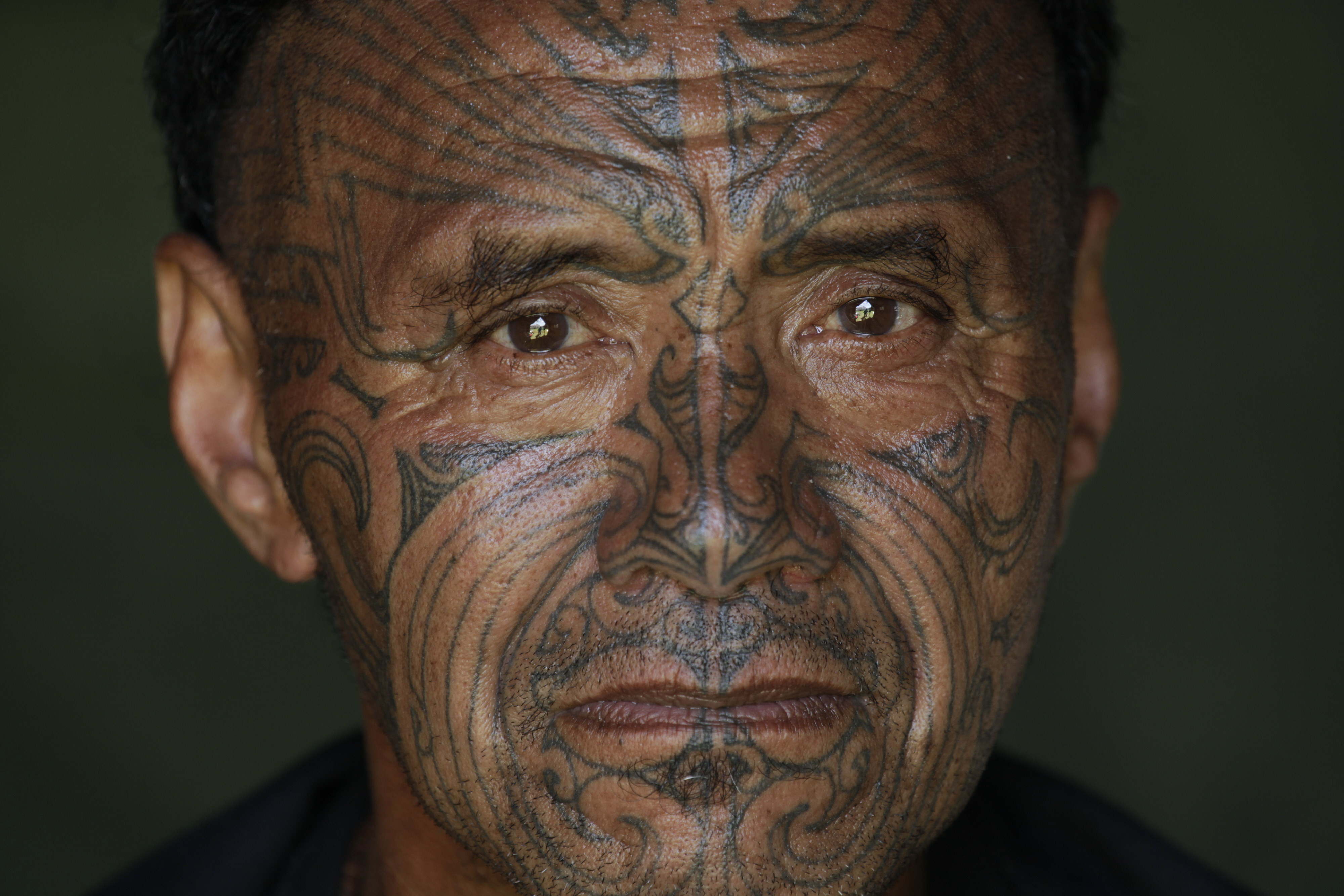At TravelEssence, we specialise in crafting custom-made holidays that take you off the beaten path and create memories to last a lifetime. We believe in connecting with the heart and soul of a place, introducing you to the locals who call it home. Engage in conversations with fascinating individuals who will share their stories, traditions, and way of life, leaving an indelible mark on your journey.


To understand New Zealand, its beliefs, culture and identity - it is important that you learn about the Māori culture.
From the language and traditions to their special connection with the land and the Haka. Māori are the tangata whenua (people of the land), and we highly recommend for you to visit a Marae, during your trip to New Zealand. This will give you a deeper connection with the country and its people.


Māori language and culture
For many years, Māori had no written language (known as Te Reo). They would instead use carvings, knots and weaving with symbolic meanings. Māori would also communicate through dancing, singing, and tattoo art. In 1820, a British professor and a Māori chief worked together to create a written language.
Special connection with the land
Māori have a strong spiritual connection with the land. They believe that our natural surroundings speak to humans and share knowledge. It is important that humans align with nature, not the other way around. In 2014, Te Urewera and then in 2017, Whanganui River, were both granted the same legal rights as humans.


Haka
The traditional Māori war dance - Haka, can be seen in different situations. Originally on the battlefield and more recently, at important events, sports games, weddings and funerals. Kapa haka is used by Māori to express themselves and their culture with dance, song and chanting. It is a spine-tingling experience to be present for a haka or kapa haka performance.
Mauri ki te Mauri
In the Māori language, Mauri means life force and is an essential quality of a being. This essence can be found in nature. Mauri ki te Mauri means life force to life force, and Māori believe it doesn’t matter if you greet a person or a tree. There is always a special exchange of life forces. A feeling that we are all, somehow, connected. This differs from Western beliefs, who view this as ‘simply’ an interaction between humans and nature.
A Hongi is a traditional Māori greeting between two people, where they press their noses and foreheads against each other and connect their life forces.


A deeper understanding of Māori culture
To have a more complete understanding of Māori culture, you can visit museums in New Zealand cities including Wellington, Auckland and Rotorua. Make sure you don’t miss the Te Papa Museum in Wellington, with a range of exhibitions - interactive and informative. We can also arrange unique experiences with local Māori.
Would you like to read more about Māori culture, before your holiday in New Zealand? We recommend the following books:
- Land of the Long White Cloud, written by singer Kiri Te Kanawa;
- The Illustrated Encyclopedia of Māori Myth and Legend, written by Margaret Orbell Order;
- Legends of Aotearoa, written by Chris Winitana;
- Taming the Sun: Four Māori Myths, written by Gavin Bishop;
- Maui and the Sun: A Māori Tale, written by Gavin Bishop.
Discover more New Zealand
Contact us
Questions? Speak to one of our specialists by phone Mon - Sat 9am until 6pm. You can discuss your travel plans in detail where and when it suits you, also in the evenings and on weekends on a no obligation basis.






